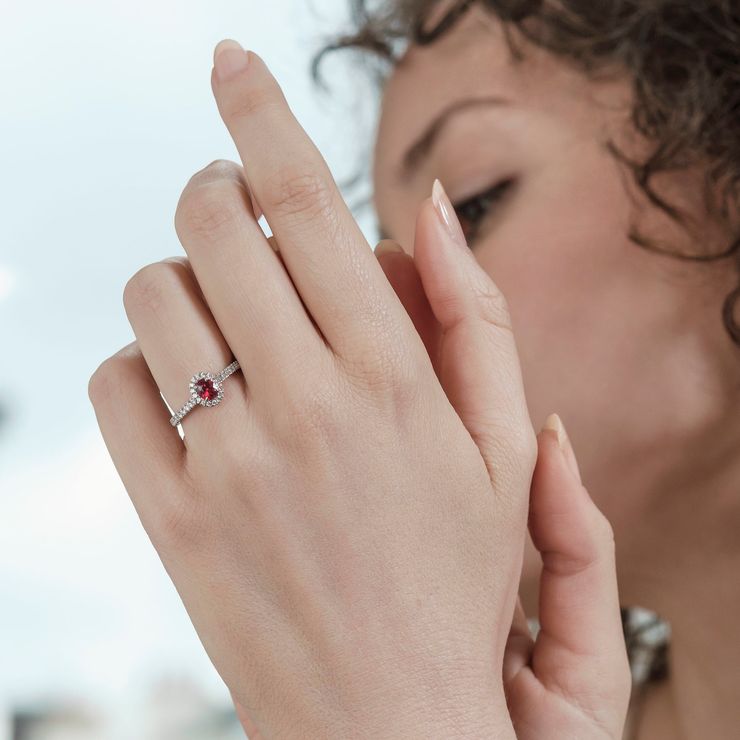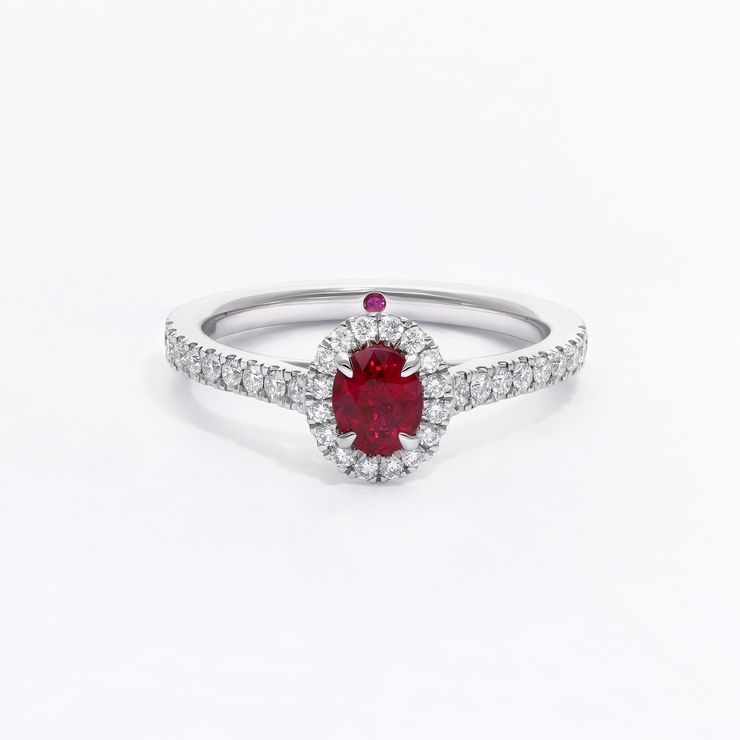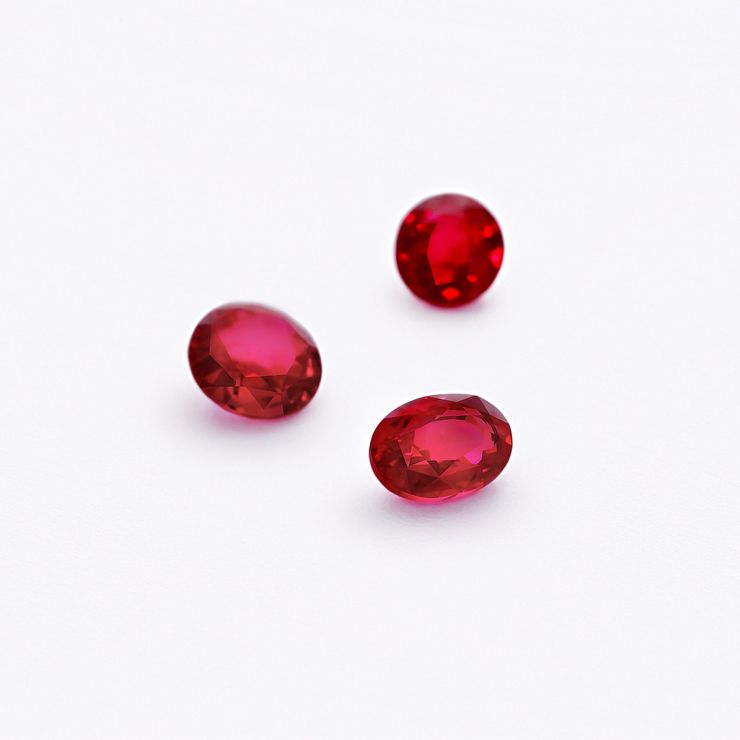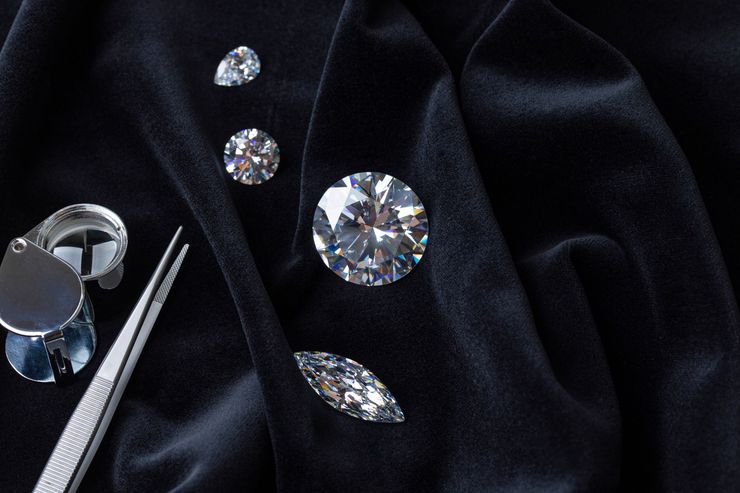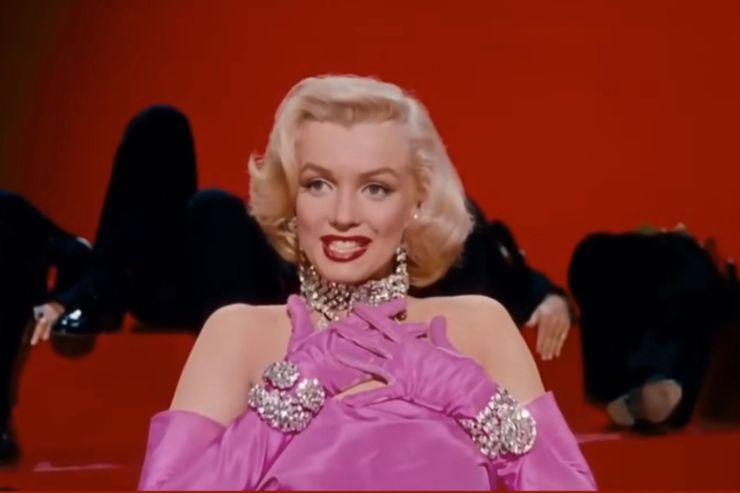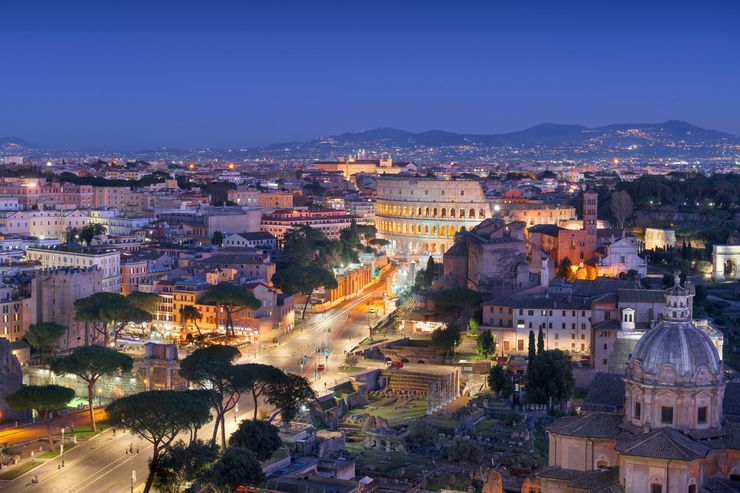Rubies are a great choice for an engagement ring. They’re the second hardest gemstone after a diamond, meaning it’s very unlikely that your ruby will chip or become damaged over time, making it perfect for a lifelong piece of everyday jewellery such as an engagement or wedding ring. Their rich red colour brings dimension to any ring design and pairs perfectly with any colour of metal, including platinum, yellow gold, or rose gold.
Ruby is good for an engagement ring because it can be cut into any shape, with round and oval cut rubies being most popular. Brilliant cuts (such the round, oval, or marquise cut rubies) have a dynamic facet structure that helps rubies reflect light and sparkle. It’s always good to look for a ruby with a good cut grade, as not all rubies have perfect clarity, meaning less light is able to enter the stone and refract out again. This means a good cut can make all the difference when it comes to your ruby engagement ring’s scintillation.
That being said, an Asscher or emerald cut ruby (eg. rubies with a step cut facet structure) are also a popular choice for ruby engagement rings due to the compelling contrast created by the ruby’s colour and the angular lines of a square or rectangular cut.

